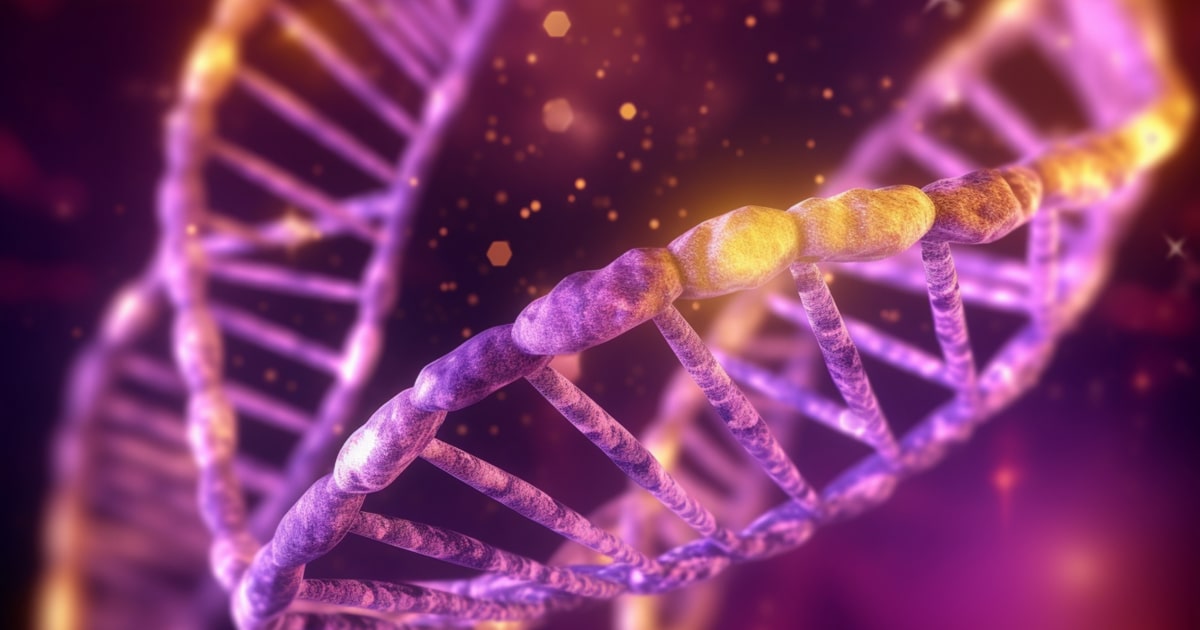
Expert Reviewed By: Dr. Brandon Colby MD
In the complex world of genetic disorders, craniosynostosis and dental anomalies present a unique challenge. These conditions, which involve the premature fusion of skull sutures and a range of dental irregularities, can significantly impact a person's quality of life. However, with the advent of genetic testing, there is hope for better diagnosis and management of these conditions. This article delves into how genetic testing is becoming an invaluable tool in understanding and addressing craniosynostosis and associated dental anomalies.
What is Craniosynostosis?
Craniosynostosis is a birth defect characterized by the premature fusion of one or more of the cranial sutures, the fibrous joints between the bones of the skull. This early fusion restricts the growth of the skull and can lead to an abnormal head shape, increased intracranial pressure, and developmental delays. The condition can occur in isolation or as part of syndromic disorders, often accompanied by dental anomalies.
The Role of Genetic Testing
Genetic testing has emerged as a powerful tool in diagnosing and understanding craniosynostosis and dental anomalies. By analyzing an individual's DNA, medical professionals can identify genetic mutations that may contribute to these conditions, offering insights that are crucial for accurate diagnosis and personalized treatment plans.
Identifying Genetic Mutations
One of the primary uses of genetic testing in craniosynostosis is the identification of specific genetic mutations. Researchers have identified several genes associated with the condition, including FGFR1, FGFR2, and FGFR3. By pinpointing these mutations, healthcare providers can determine whether craniosynostosis is part of a broader syndromic disorder, which can influence the course of treatment and management.
Guiding Treatment Decisions
Genetic testing not only aids in diagnosis but also plays a critical role in guiding treatment decisions. Understanding the genetic basis of craniosynostosis allows healthcare providers to tailor interventions to the individual needs of the patient. For instance, knowing whether a patient has a syndromic form of craniosynostosis can influence surgical planning and the timing of interventions, helping to optimize outcomes and minimize complications.
Predicting Dental Anomalies
Dental anomalies often accompany craniosynostosis, and genetic testing can help predict these issues. By identifying genetic markers associated with dental irregularities, dentists and orthodontists can anticipate potential problems and develop early intervention strategies. This proactive approach can improve dental health and enhance the overall quality of life for individuals with craniosynostosis.
Family Planning and Risk Assessment
For families affected by craniosynostosis, genetic testing offers valuable insights into the risk of recurrence in future pregnancies. By understanding the hereditary patterns of the condition, genetic counselors can provide families with information on the likelihood of passing on the disorder to their children. This knowledge empowers families to make informed decisions about family planning and seek early interventions if necessary.
Challenges and Future Directions
While genetic testing offers significant benefits, it is not without challenges. The complexity of craniosynostosis and dental anomalies means that not all genetic mutations have been identified, and some cases may remain unexplained. Additionally, the cost and accessibility of genetic testing can be barriers for some families. Despite these challenges, ongoing research and technological advancements hold promise for expanding our understanding of these conditions and improving diagnostic accuracy.
In conclusion, genetic testing is revolutionizing the way we approach craniosynostosis and dental anomalies. By providing a deeper understanding of the genetic underpinnings of these conditions, genetic testing enables more accurate diagnoses, personalized treatment plans, and better outcomes for affected individuals. As research continues to advance, the hope is that genetic testing will become an even more integral part of managing craniosynostosis and its associated challenges.
For more detailed insights into the genetic testing for oro-dental anomalies, you can refer to the research paper available on Semantic Scholar.
About The Expert Reviewer
Dr. Brandon Colby MD is a US physician specializing in the personalized prevention of disease through the use of genomic technologies. He’s an expert in genetic testing, genetic analysis, and precision medicine. Dr. Colby is also the Founder of and the author of Outsmart Your Genes.
Dr. Colby holds an MD from the Mount Sinai School of Medicine, an MBA from Stanford University’s Graduate School of Business, and a degree in Genetics with Honors from the University of Michigan. He is an Affiliate Specialist of the American College of Medical Genetics and Genomics (ACMG), an Associate of the American College of Preventive Medicine (ACPM), and a member of the National Society of Genetic Counselors (NSGC)